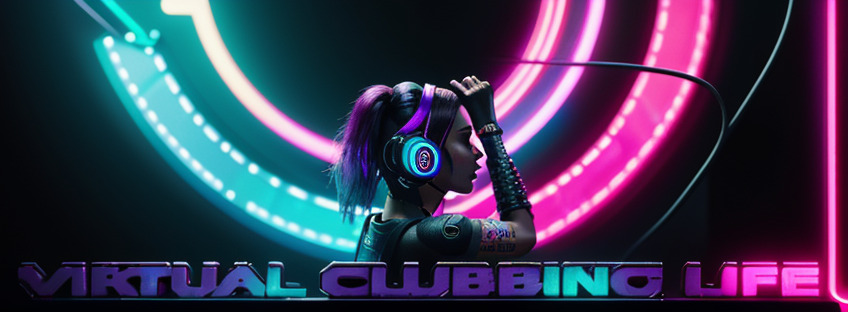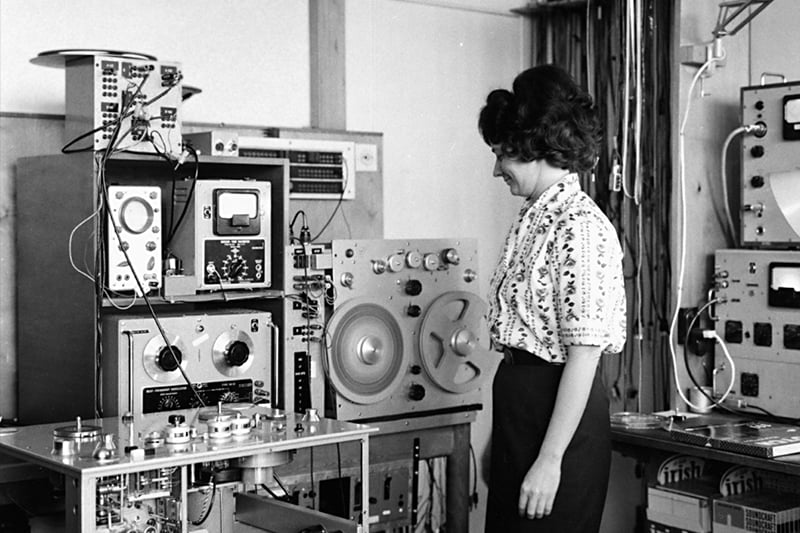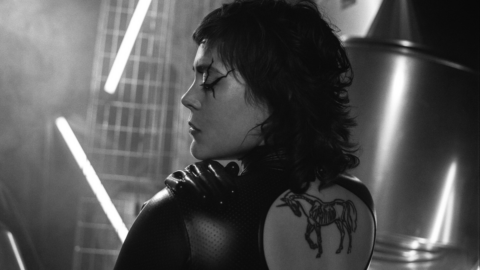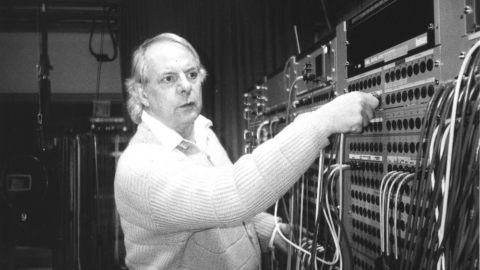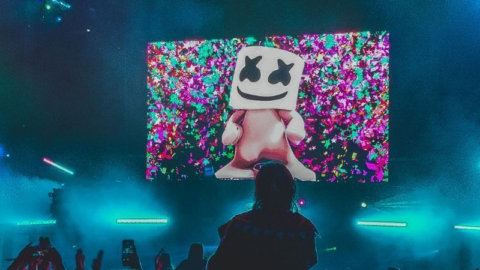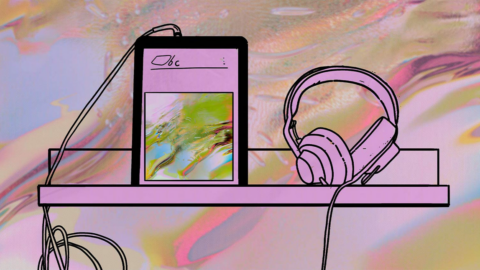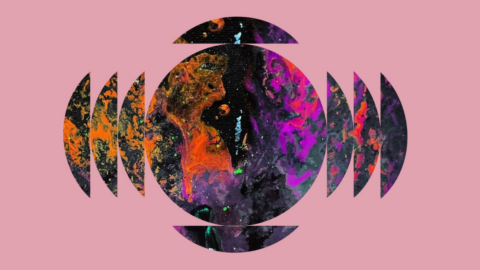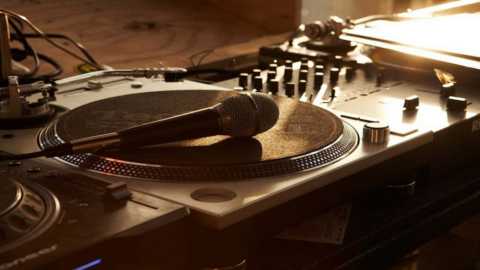Electronic music and fashion are two distinct but strikingly interconnected disciplines. They are both forms of self-expression, often representing the era, culture, and individuality of the creator or wearer. The synthesis of these two has given rise to a unique aesthetic that has influenced popular culture and trends globally. This article will explore the intersection of electronic music and fashion, their influence on each other, the personalities bridging the gap between beats and style, and how the two may shape future design trends.
The Intersection of Electronic Music and Fashion: A New Aesthetic
The fusion of electronic music and fashion is more than just a casual relationship; it is a marriage that transcends the confines of traditional aesthetics. Electronic music, with its repetitive beats and layered sounds, has a certain rhythm and pattern that can be translated into fashion. The result is an aesthetic characterized by bold colors, striking designs, and a unique form of self-expression. This fusion is not just about creating a visual representation of the music but also about embodying the values and principles that electronic music represents: individuality, freedom, and innovation.
Fashion designers have been keenly exploring this new aesthetic, integrating elements of electronic music into their designs. This is achieved through using digitally created patterns, incorporating LED and other lighting technologies into clothing, or even just drawing inspiration from the vibrant and eclectic subculture that surrounds electronic music. The result is a truly unique blend of sound and style that resonates with the modern generation.
Breaking Down the Influence of Electronic Music on Fashion Trends
Electronic music has had an undeniable influence on fashion trends, and this influence is becoming more pronounced as the genre continues to evolve. The rise of the electronic music festival scene, in particular, has driven a new wave of fashion that fuses functionality with style. Festival-goers often opt for vibrant, colorful, and striking outfits that match the energy and vibe of the music, creating a distinct festival fashion culture.
Moreover, electronic music’s futuristic appeal has also made its way into mainstream fashion. Many designers are now incorporating elements such as metallic colors, neon accents, and even wearable technology into their collections, mirroring the sound and feel of the genre. The influence extends beyond just the aesthetic; the freedom of expression and individuality that is so characteristic of electronic music is also reflected in the fashion it inspires.
Influential Personalities Bridging the Gap between Beats and Style
Several influential personalities in the music industry have been key in bridging the gap between beats and style. Musicians such as Daft Punk, Bjork, and Grimes have not only revolutionized electronic music with their unique sounds but also deeply influenced fashion with their eccentric and futuristic styles. Their music videos and live performances often feature avant-garde fashion that blurs the lines between music and design.
Fashion designers, on the other hand, such as Alexander Wang, Jeremy Scott, and Hedi Slimane, have reciprocally embraced the electronic music culture, often collaborating with musicians or integrating the genre’s aesthetic into their collections. These collaborations have resulted in some of the most iconic fashion moments and have further solidified the bond between electronic music and fashion.
Future of Fashion: Electronic Music’s Role in Shaping Design Trends
Looking forward, the influence of electronic music on fashion is only set to grow. As technology continues to evolve, we can expect to see even more innovative integrations of sound and style. Wearable technology, such as garments that react to music or accessories that create sound, could become commonplace as designers continue to push the boundaries of what is possible.
Moreover, as the values of individuality and self-expression that electronic music promotes continue to resonate with younger generations, fashion will likely continue to reflect these ideals. The future of fashion will thus be shaped not only by the sound of electronic music but also by the principles and values it represents.
As we’ve explored, the link between electronic music and fashion is unmistakable. This interplay has resulted in a unique aesthetic that continues to influence trends and shape the future of design. The fusion of beats and style is more than just a passing trend; it’s a reflection of the evolving nature of self-expression. As technology continues to advance and the boundaries of creativity continue to be pushed, we can only expect this exciting intersection of music and fashion to deepen and evolve.

